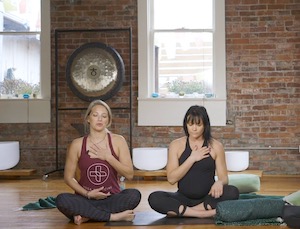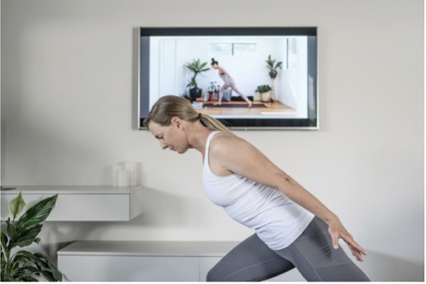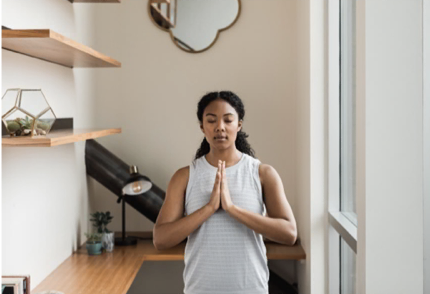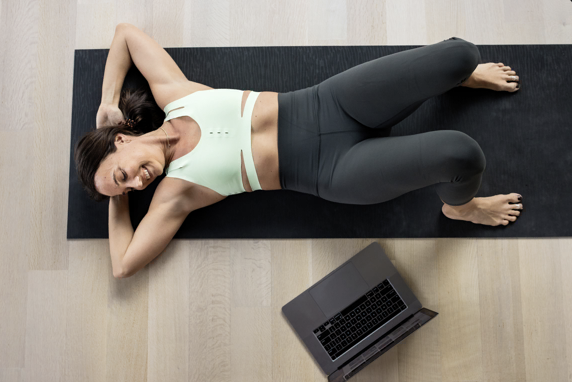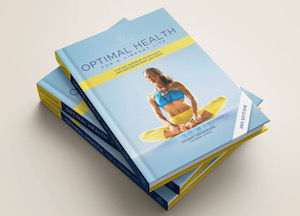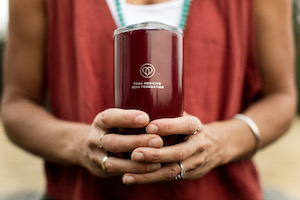Articles, In the Press, Internal Medicine, Mental Health, Rashmi Bismark, Resources, Valerie Knopik, Yoga Medicine® News
Meditation Overview – 10 Minutes A Day That Can Change Your Life
By Carolyn Fagan for Psycom.
Incorporating this simple self-care exercise into your day can transform your relationship to yourself, to others, and the world around you.
What is Meditation?
If you’ve been confused in the past by meditation, you’re not alone. Meditation is hard to define. Generally, it consists of focusing your attention as a way to calm the mind. Breathing is a common focus point in many different types of meditation. Because staying focused on your breath removes distractions, worries, and restlessness from the mind.
While the practice of meditation dates back centuries, it has recently gained a newfound popularity. Why the sudden popularity boom? Meditation is accessible to everyone and can be tailored to accommodate a variety of time constraints, demanding responsibilities, physical disabilities, and lack of space.
Meditation is a healthy form of self-care and both experts and meditation enthusiasts say it’s a valuable antidote to the fast pace of our technology-driven culture
Yael Shy, author of What Now? Meditation for Your Twenties and Beyond (Parallax, 2017), further explains, “Meditation is not just about helping us calm down and “de-stress” although it can do both of those things. Meditation helps us to see the contents of our minds and hearts, to understand the way we construct the world and the pain we carry around with greater clarity, compassion, and acceptance. In this way, meditation has the power to transform our relationship to ourselves, to others, and the world around us.”
Why Meditate?
Meditation has a wide array of health benefits, both mental and physical.
Studies have shown that meditation can reduce symptoms of anxiety. Another study found meditation may encourage the growth of new brain neurons by forming new connections between existing neurons. This study concluded that these neurological effects suggest meditation is an effective treatment for anxiety and may even help prevent anxiety from developing.2
Valerie Knopik, PhD – Director of Research for Yoga Medicine, the Miller Professor of Human Development and Family Studies at Purdue University says, “when we practice mind-body techniques such as mindfulness, meditation, and focused intention tasks, we influence brain activity in regions that are involved in reducing psychological stress and increasing the parasympathetic response. This can, over time and with practice, ease anxiety and increase mood.”
However, there is no current research demonstrating the efficacy of meditation in improving clinically diagnosed anxiety disorders.
It’s okay to be skeptical. Rashmi Bismark, MD, MPH, a Yoga Medicine instructor and Preventative Medicine Physician, explains, “Though it is easy to get carried away on the bandwagon, like every potentially helpful intervention, mindfulness and meditation must be taken into context with the myriad of other interdependent factors influencing our health and wellbeing. The growing list of research studies on contemplative practices are promising, but to make confident statements about impact, more rigorous trials are needed incorporating larger, more diverse patient populations and comparing the effects of meditation against other active control interventions.”
What Type of Meditation Is Right for Me?
There are dozens of types of meditation that use different techniques, focus points, and even sounds. Here are a few:
Zen Meditation
This type of meditation, also referred to as zazen, is practiced in seated position with eyes closed. This meditation technique emphasizes correct posture—sitting with one’s back straight and head centered.
Guided Visualization
This meditation technique is popular in the athletic community. With Guided Visualization, you imagine a desired outcome. For example, a basketball player might use Guided Visualization in a game by closing their eyes before taking a foul shot, imagining the ball swishing through the net. To extend guided visualization, you can imagine how you will feel once you accomplish your vision.
Transcendental Meditation
Transcendental meditation (TM) is a very popular meditation technique that encourages use of a mantra and is typically practiced twice per day. Consider learning more about transcendental meditation with acclaimed meditation teacher Bob Roth’s new book, Strength in Stillness.
Mindfulness Meditation
This meditation technique helps you to fully experience the present by hyper-focusing on various tasks in your day. It’s necessary to turn off all distractions including phones, the TV, computer, etc. When you are fully focused on the task at hand and how you feel in relation to it, without letting your mind wander to separate worries (or refocusing your attention when it does wander), then you are being mindful. The goal is to have the “focus” become natural, so that you don’t have to be redirecting your attention back to the food on your plate or whichever task at hand you are completing, so that you feel fully in tune with what you are doing. Learn more about mindfulness here.
Where Can You Get Started with Guided Meditations?
Check our list of 25 resources to get started with meditating.
Meditation Exercises to Try Now
Consider developing a mantra, “Thank you for being here,” “I appreciate this time, I feel calm,” or something similar, to repeat as you meditate. It can be as long or as short as you want. The idea is that you can use this mantra while meditating—whether you are walking, in the shower, or sitting with your eyes closed—as a starting point for meditation. It might feel strange to repeat these words to yourself, but the repetition allows you to focus on a pattern and you might end up connecting to the words more than you expect. You can use this mantra during any type of meditation.
Shower Meditation
We know what you’re thinking…what in the world is shower meditation? Consider: when taking a shower; you’re alone, water in the shower creates its own meditation music, and it’s something you have to do every day, anyway. It’s a great alternative if it feels unnatural or impossible to sit somewhere with your eyes closed.
To begin a shower meditation: Notice how the water feels on your skin, in your hair. Listen to the sounds of the water droplets. As you clean, apply soap to areas that feel tense and rub into them. Send your breath to those areas. How does the water feel running over your head, down your neck? Breathe deep into the scents around you. When you are finished showering, take a step back from the water before turning it off. Close your eyes and breathe deeply. Breathe into your feet, widening the space between your toes to firmly plant your feet into the ground. Consider repeating a mantra that readies you for your day.
Walking Meditation
Walking meditations are an excellent way to begin meditating if you feel like you have too much energy to focus during a seated meditation. You’re able to keep your body moving and take in your surroundings. Consider leaving your phone and iPod at home or in your car. If you want your phone on you, consider turning it onto airplane mode so that you aren’t distracted, or try out a meditation app. Try a walking meditation for just five minutes or for your entire hour-long walk
Before you begin your walk, close your eyes for a moment and breathe deeply, preparing yourself to let go of outside worries. You are on this walk, and everything can wait until you are finished. Walk at a comfortable pace. How does your body feel moving? How do your feet feel planting into the ground on each step? Consider rolling your neck gently from side to side, letting go of tension in your shoulders, your face. If the mood strikes you, stop walking at a scenic location and take in your surroundings. What’s in the distance? What is directly in front of you? How does the sky look? Are you hearing birds, water? If you start worrying about your to-do list or other things you should be doing, try repeating a mantra. At the end of your walk, wiggle your fingers. Roll your head back and take a look at the sky. Has it changed since your walk began? Consider thanking yourself for the time and movement.
10 Count Meditation
Dr. Knopik shares her favorite meditation technique: “I personally love the 10-count meditation, which is simple and effective. You will count each in and out breath until you reach 10 and then start over again. You may lose count, but it’s so easy to just start over and start to train your brain to not wander off. Meditation for me is grounding and literally slows down time (for me). Even when you think you don’t have time to do it, sitting for just 5 minutes, can be a reset button for the whole day.”
Meditation might feel like a waste of two or ten or forty minutes, but the truth is that giving yourself this time to breathe and to center yourself will likely help you be more clear-headed and productive during the day. Experiment with the different techniques until you figure out what works for you.




